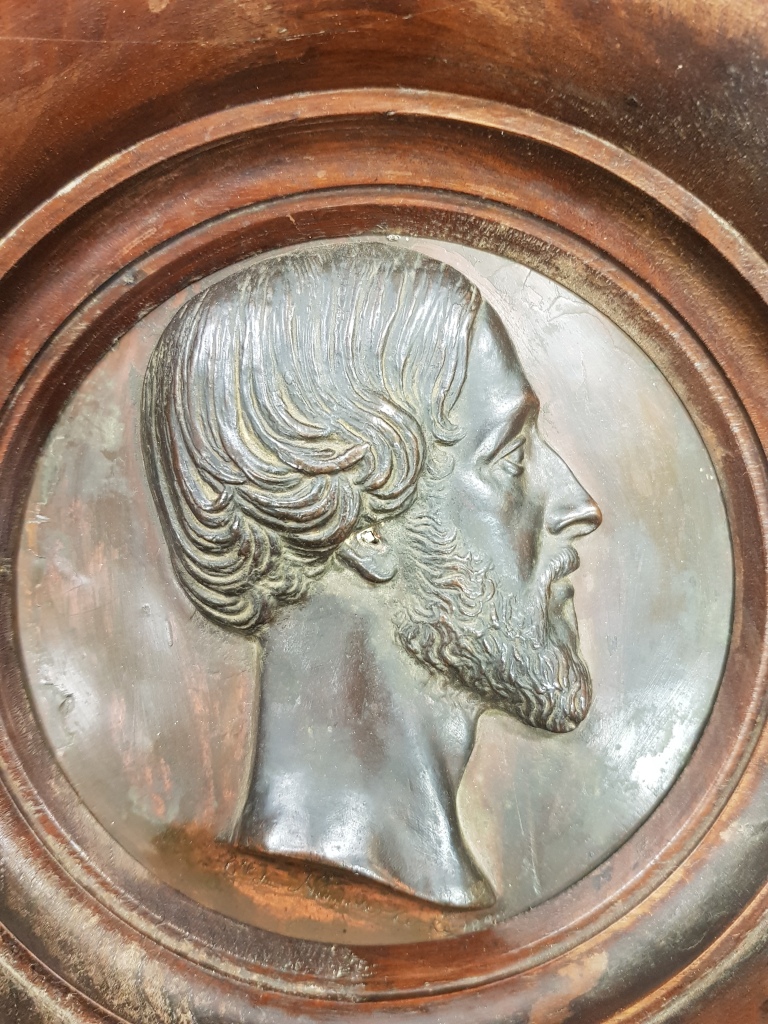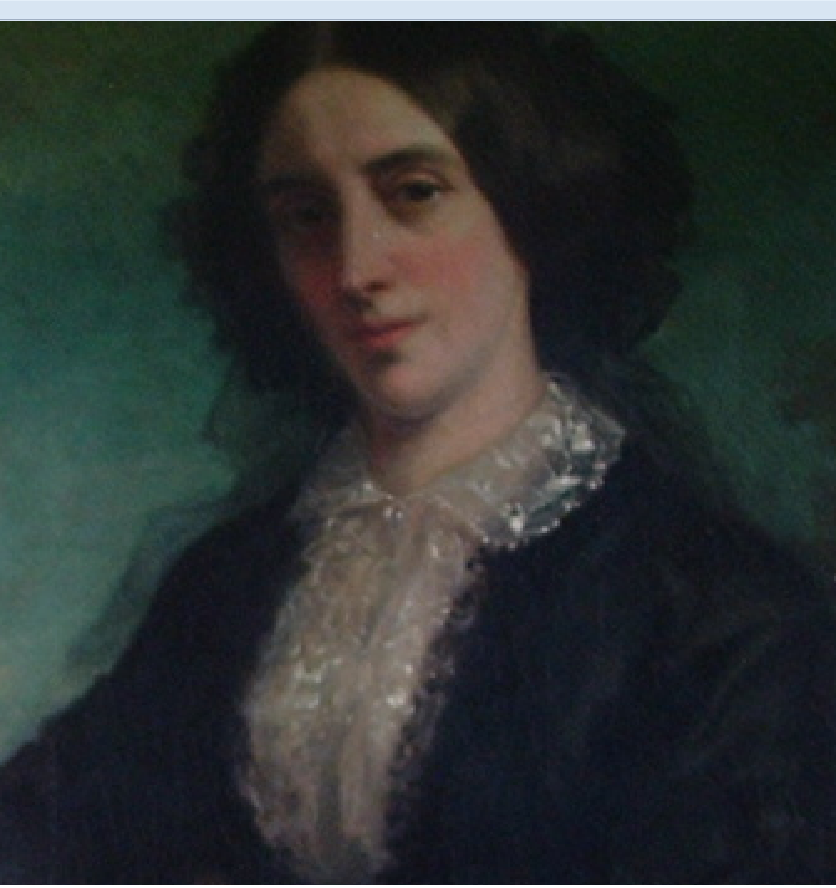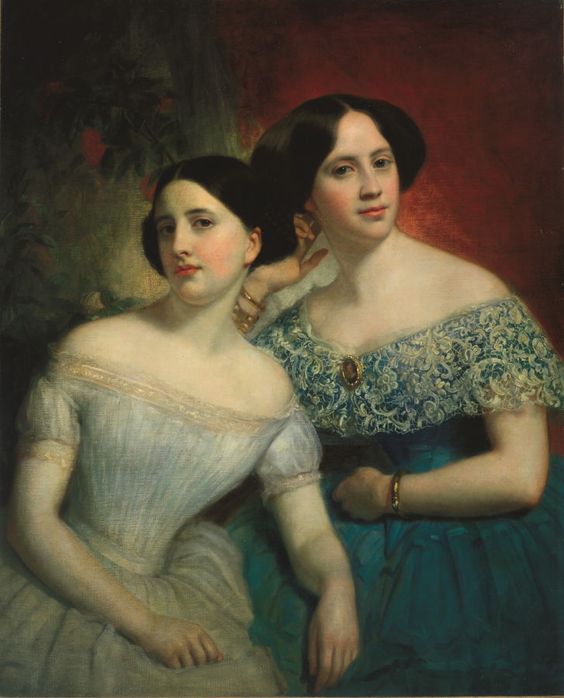I’ve been holding off writing about Herman Jr. His is such a sad story, just like the other male Thorn children – apart from Eugene. As I mentioned in an earlier post, Herman Jr was keen to become an officer in the US Army, but was not admitted to West Point. Once he had been refused, he left the country and joined the Austrian Hussars. The Hussars deployed him to the Turkish border, where he distinguished himself. However, his heart lay in serving his birth country, and he applied to return and serve in the US infantry to fight in the Mexican War.
His application for commission in the regular US army was initially rejected despite having served as a First Lieutenant with the Hussars. Senator Thomas Hart Benton protested on his behalf to President Polk and eventually his nomination was confirmed.
On July 16, 1847, Herman Jr was promoted from second to first leutenant in the Third Regiment of Dragoons. A few months later he went on to distinguish himself at the battles of Churobusco and Molino de Rey. He received two brevets for gallant conduct.
(** As an aside, the famous Kit Carson was rejected at the same time as Thorn because he had also not been through West Point. Thomas Hart Benton wrote about this case as well. )

But as I said, rather sadly, his distinguished service was cut short when he drowned in the Colorado River. There are many mentions of the incident and below is one of them:
On December 24, 1853, Fort Thorn was officially established on the west side of the Rio Grande, by a company of troops from Fort Craig, just below the point where Cooke’s Wagon Road turned west. In October 1849, Captain Herman Thorn, had been working for several days helping emigrants across the Colorado River using two canoes lashed together. At dusk on the sixteenth, the canoes somehow capsized. Thorn was a good swimmer, but an old Mexican clutched him and both drowned. When Thorn’s body was found November the marks on his leg from the Mexican’s fingernails were still visible.
Fort Thorn no longer exists, but here are the location details for it: Fort Thorn (1853 – 1859, 1862 – 1863), near Hatch, New Mexico. Originally called Cantonment Garland. Established by the garrison from abandoned Fort Webster. Abandoned in 1859 due to unhealthful conditions. The post hospital was left standing for the use of travelers. The Confederates briefly used the post in January – February 1862. Recaptured by the CA Volunteers in June 1862 but abandoned in 1863. No remains, site located by the river about two or three miles northwest of town, which was known as Santa Barbara at the time until 1875.
Here is a slightly longer account of young Herman’s death:
One of the largest of these parties reached Camp Calhoun on October 15 under the protection of Captain Herman Thorn and thirty dragoons. The group’s members included Colonel James Collier, first collector for the port of San Francisco, and John Woodhouse Audubon, youngest son of the famed naturalist. A personable individual, Audubon received a supper invitation from Couts, which he “…greatly enjoyed, for seldom have I eaten with such an appetite, and I found the beefsteak excellent, after being without meat for so long a time.” Whipple noticed that many others arriving with Audubon were also “suffering for want of provisions.
Another fellow traveling with the Thorn party was Lewis Birdsall Harris, a native of New England, and more popularly known as “Boat-Wagon” Harris. Unlike other Forty-Niners, Harris had constructed his wagon to serve a dual purpose. Besides being able to roll overland, it floated like a river flatboat. Harris had already navigated his vessel down part of the Gila River and his entry into Camp Calhoun caused quite a stir. Wishing to start an emigrant ferry service, Couts tried to buy the craft for seventy-five dollars, but Harris refused the offer. Nevertheless, Boat-Wagon did assist some people in transporting themselves and their possessions across the river, notably Audubon and several Mexicans.
Not all methods employed to ford the swiftly moving Colorado proved successful. On October 16, Captain Thorn attempted a crossing with three men on a heavily laden canoe. The boat overturned, and before help could reach them, all four men drowned. Although he was a strong swimmer, Thorn died as a result of a stranglehold one of the floundering men kept on him after the canoe capsized. A couple of weeks later when Thom’s body was found down river, Couts saw quite plainly the bruise marks on the Captain’s left thigh “where he was clinched by the hand of death.” Thorn received a temporary burial on the banks of the Colorado until a wooden coffin could be constructed to transport his remains to San Diego .
Then there was this interesting suggestion:
But is it possible that Captain Thorn, as commander of the escort, kept a diary of this journey? Perhaps it was lost when he drowned in the river crossing in October 1849, but maybe it is filed in an archive somewhere waiting to be found.
And a comment that makes the situation seem even more tragic:
Cox, using the association’s boat, had saved one man from drowning in the Colorado River. If
they had remained there only a few hours longer they might have saved Thorn.
Major Steen, the first commander of Fort Thorn was a native of Kentucky and not a graduate of West Point. He had been closely associated with Herman Thorn and may have been instrumental in naming the fort. (“From Texas to California in 1849: Diary of C. C. Cox,” The Southwestern Historical Quarterly, Vol. 29)
Here is one last interesting little snippet, I found about Thorn’s Well:















